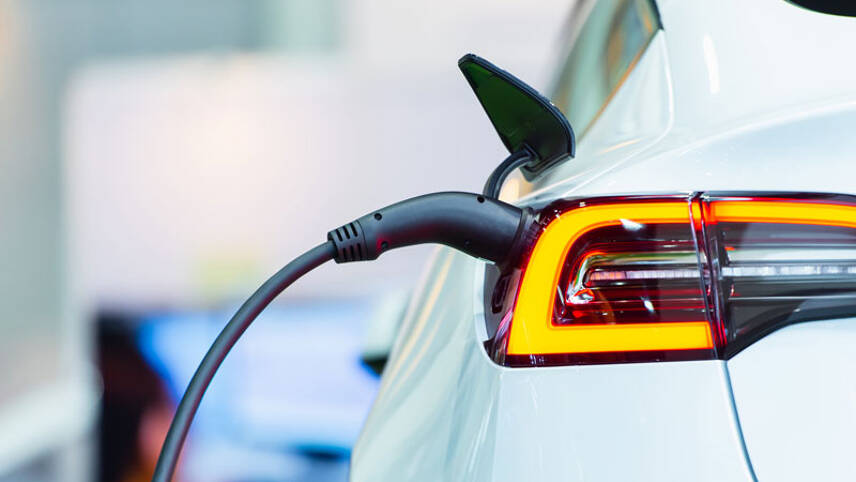Register for free and continue reading
Join our growing army of changemakers and get unlimited access to our premium content

Octopus Energy is offering its customers with electric vehicles (EVs) the chance to switch to a new smart tariff called ‘Intelligent Octopus’. The tariff provides customers with discounted energy and with smart technology to track and manage EV charging.
Those participating may see the batteries in their EVs used to provide flexibility to the grid at times of high energy demand and low energy generation. Their EVs will participate in the ESO’ Balancing Mechanism which, historically, has relied on large-scale and high-carbon sources of flexibility such as gas peaking plants.
Octopus’s technology automatically adjusts the charging schedule of the car in response to the ESO requests for more or less power. The energy firm is assuring customers that their charging needs will still be met to the timescales they need once they plug in their EV.
Some 100,000 people currently use EV-specific tariffs from Octopus. The brand’s head of flexibility Alex Schoch said the new trials could help to form “the UK’s biggest virtual battery”.
Schoch said: “Whilst we sleep, EV drivers are driving down grid balancing costs that are passed on to all customers – saving us all money. This is the ‘smart energy grid’ today – complete radicalisation of the way the system is balanced is here now.”
National Grid ESO’s head of markets Claire Dykta added: “Opening up access to the Balancing Mechanism for EVs and other technologies is an important step for extending consumer flexibility in a net-zero world.
“This industry-wide trial will provide valuable information to our control room, to help enable the full time availability of electric vehicles in the Balancing Mechanism in future.”
The trail will run for three months. It is hoped that it will inform future efforts to include even more smaller-scale energy assets, like EVs, in the Balancing Mechanism.
Earlier this month, UK Power Networks, the UK’s distribution system operator, claimed that more than 1.3 million British homes could be powered using energy drawn from EVs parks in long-stay car parks.
Its ‘Park and Flex’ study concluded that up to 4.3GW of flexibility could be unlocked by using smart charging on EVs parked in long-stay facilities. It states that using batteries from cars parked for long periods, such as those at airports, would be a more effective flexibility provider for those only parked for a short time at places like shopping centres.


Please login or Register to leave a comment.